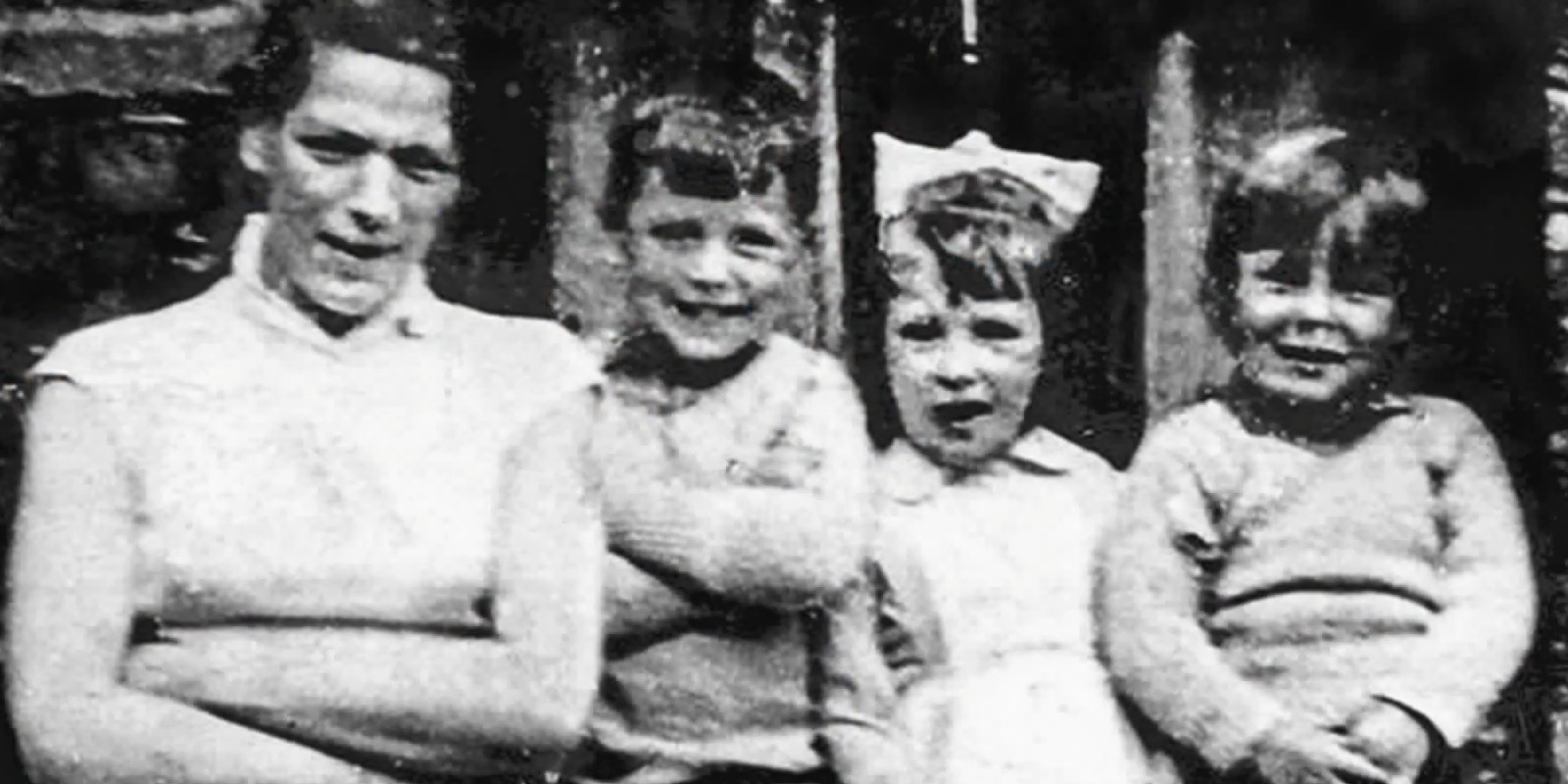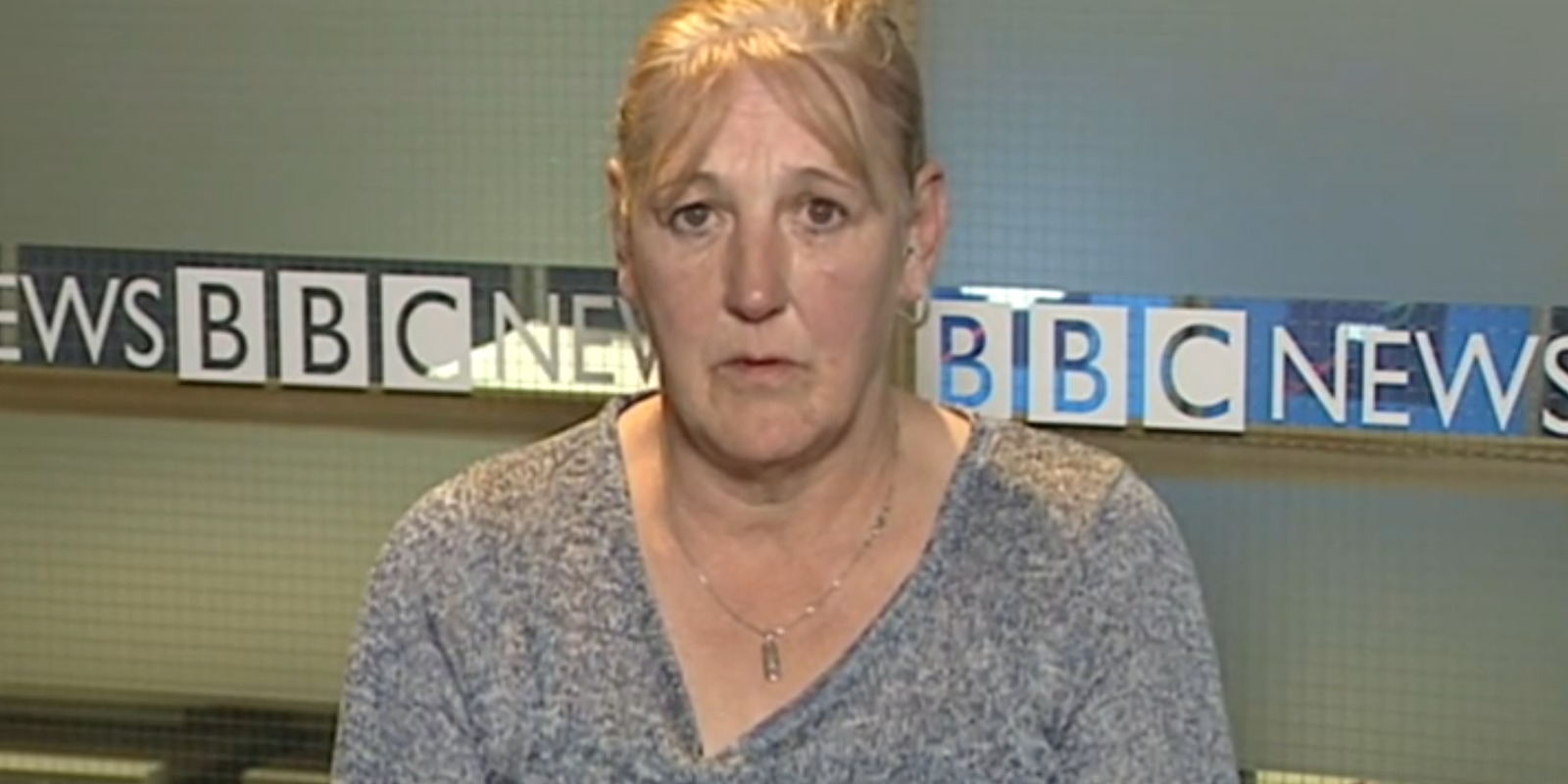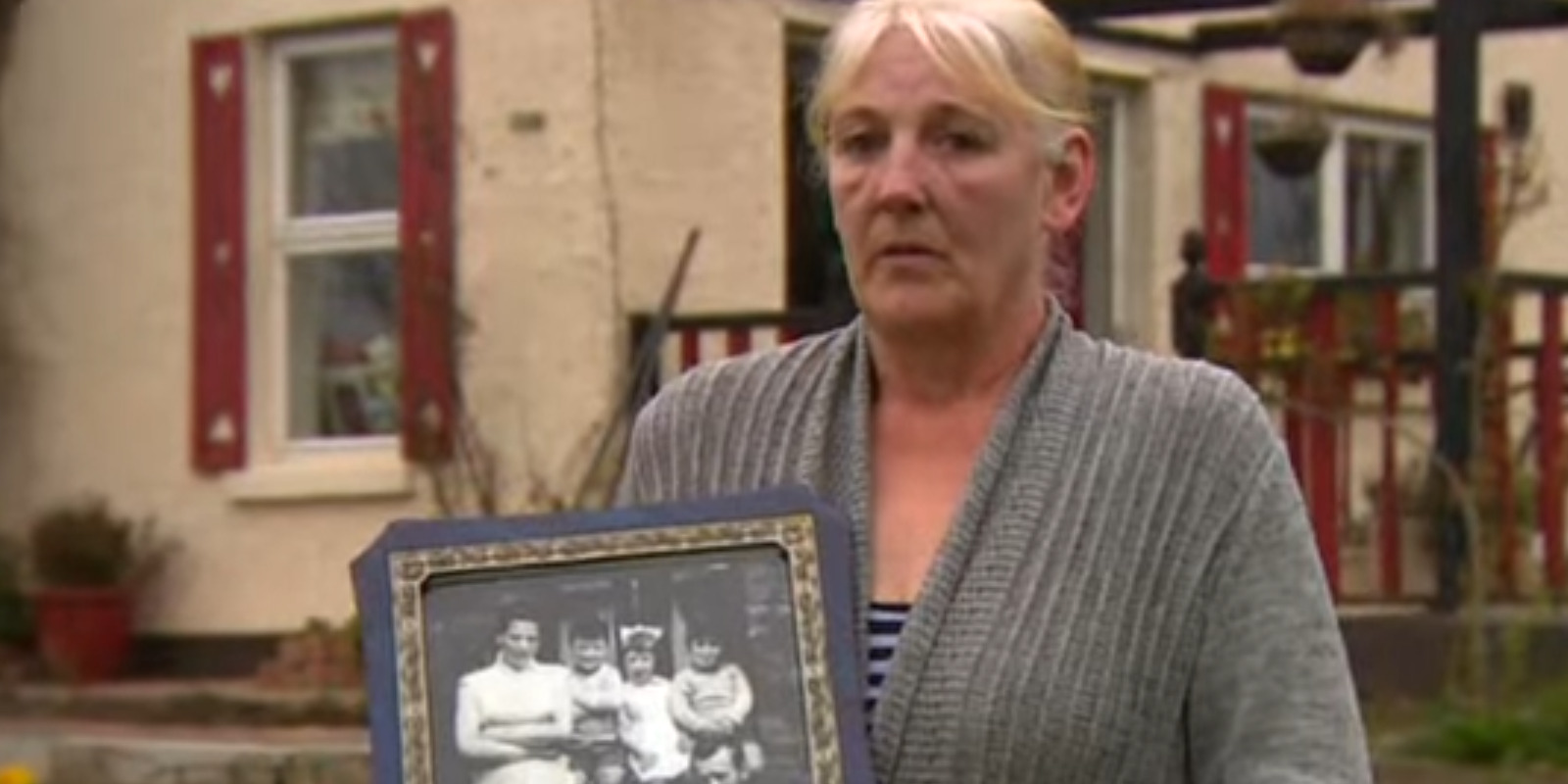Joshua Zetumer’s FX historical show ‘Say Nothing’ dramatizes the lives of several significant Provisional IRA members in the city of Belfast in Northern Ireland during the later decades of the 20th century. The show follows Dolours Price as she and her sister, Marian, join the Irish Republicanism cause in the late 1960s. The sisters work their way up the ladder, soon helming operations alongside fellow Provisional IRA member Brendan Hughes under the leadership of the young Gerry Adams.
As a member of Gerry’s inner circle, Dolours becomes involved in a particularly menacing aspect of the IRA: the disappearance of accused traitors. As a result, the show inevitably delves into the story of Jean McConville, presenting a partially fictitious but mostly true-to-life account of the woman’s tragic death. In reality, Jean McConville’s connection with the IRA—mostly confined to accusations of being an informant, which led to her death—remains aggravatingly inconclusive.
Jean McConville Was a Mother of Ten Accused of Being an Informant by the IRA
In republican West Belfast, Jean McConville lived in The Divis Flats around the 1970s—a socio-politically strife time for the area. At the time, the Northern Ireland conflict, better known as The Troubles—was violently ravaging Belfast in full force due to the war between the IRA and the British authorities. Jean was a Protestant-turned-Catholic who moved from East Belfast with her husband, Arthur, and ten children. Shortly after their move in 1971, Arthur passed away from cancer, leaving Jean as a single mother.

In December of 1972, the IRA knocked down Jean’s door and took the 38-year-old woman from her home in front of her children. After a van took her away, the McConville children never saw or heard from their mother ever again. At the time, rumors spread among neighbors that Jean was spotted helping an injured British soldier. Others alleged that she was an informant to the British authorities. Nevertheless, even after the McConville children’s story went to the media, no information about their mother turned up.
Thus, Jean became one of the many victims known as “The Disappeared,” who are believed to be secretly murdered and buried in Northern Ireland. In later recollections of the events by Brendan Hughes to Belfast Project’s Anthony McIntyre, the former IRA member claimed that the paramilitary organization found a radio transmitter, which would be used to pass information about the republicans to the British, in the woman’s flat. Furthermore, he accused Jean of using her children as spies to gather information and share it with the British Army. Nonetheless, Jean’s children have denied all such claims.
Informant Allegations Against Jean McConville Are Unproven
By 1973, weeks after Jean McConville’s initial disappearance, her kids were separated and put in homes. The children remained in the dark about their mother’s fate. Eventually, in 1999, the Independent Commission for the Location of Victims’ Remains was established, which sought to locate “The Disappeared” individuals. The same year, the Provisional IRA—who had denied involvement in Jean’s death so far—admitted to her murder. The IRA maintained that her abduction and subsequent murder were a result of her alleged actions as an informant. On August 27, 2003, a civilian discovered Jean’s body at Shelling Hill Beach, County Louth, during a walk. As per police reports, Jean died of a bullet wound to the head.

In the aftermath, it wasn’t long before the IRA apologized for Jean’s abduction and murder. Yet, they never retracted accusations of her being an informant to the British authorities. Jean’s family—including Helen McConville and her husband, Seamus McKendry, who helmed the movement revolving around the case of The Disappeared—have consistently denied that accusation. In fact, Nuala O’Loan, Northern Ireland’s first police Ombudsman—a government-appointed public advocate—cleared Jean of the informant allegations in her investigation’s report. As such, the IRA’s claims that Jean McConville was an informer remain disproved. In the end, Jean’s children reburied her in Lisburn’s Holy Trinity Graveyard.
No One Has Been Convicted of Jean McConville’s Murder Yet
Even after the IRA admitted to Jean McConville’s murder, no select individual could be pinned down for the event, leaving the murder case cold. However, in 2010, statements emerged from Brendan Hughes and Dolours Price, admitting to involvement in Jean’s death. Additionally, both claimed the order for her death was given by the then-President of the Sinn Féin party, Gerry Adams. On his part, Adams has continued to deny the accusation of his involvement with the IRA or Jean’s murder.

In 2011, the Police Service of Northern Ireland (PSNI) gained access to interview transcripts between Brenden Hughes, Dolours Price, and the Belfast Project. Although this led to the arrests of a few ex-IRA members, including the former IRA Chief of Staff Ivor Bell— who was charged with aiding and abetting—no murder conviction took place. During this time, Adams, who faced the possibility of arrest, organized an interview with the Antrim police station in regard to the case of Jean’s murder. Still, after an arrest and interrogation, Adams was released from custody without any charge. “I believe that the killing of Jean McConville and the secret burial of her body was wrong and a grievous injustice to her and her family,” Adams has said about Jean McConville. “Well-publicized, malicious allegations have been made against me. I reject these.”
Patrick Radden Keefe Alleges Marian Price’s Involvement in Jean’s Murder
In 2018, Patrick Radden Keefe published ‘Say Nothing: A True Story of Murder and Memory in Northern Ireland,’ a nonfiction book about Northern Ireland in the late 1900s. The book primarily focuses on Dolours Price and the various operations she helmed as an IRA member. Consequently, Jean McConville’s case remains a crucial aspect of the book. In the interviews Dolours gave to The Belfast Project and other journalist publications, she has admitted to being the one who drove Jean across the border before the latter’s death. Although she expressed relief at not being the one who ordered Jean’s death, Dolours maintained her belief that informants— which she believed the latter woman to be—deserved punishment through death. As such, it remains public knowledge that Dolours—and Pat McClure, another IRA member— were allegedly involved in the team that killed and buried Jean in a secret grave.

However, in his book, Keefe alleges that Marian Price—Dolours’ younger sister—was the yet elusive third individual who brought Jean to her demise. Keefe claims to have extracted the information from a source who heard from Dolours that Jean’s murder was a mission that the sisters undertook together. Nonetheless, Marian has responded through her solicitor, Peter Corrigan, who shared that she “vehemently denies” any involvement in Jean McConville’s murder and asserts that the author’s allegations are untrue. Marian has also established that she won’t be elaborating on the statement further. Thus, as it stands, while the working pieces behind Jean’s death have been uncovered, the exact individual responsible for killing her hasn’t yet been caught.
Read More: Helen McConville: Where is Jean McConville’s Daughter Now?


You must be logged in to post a comment.